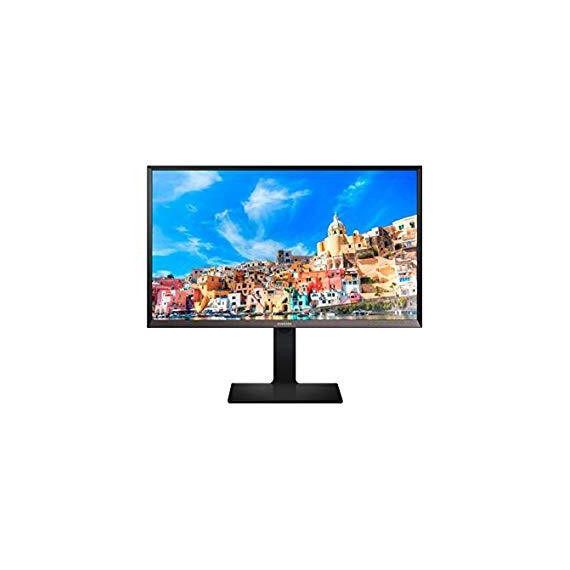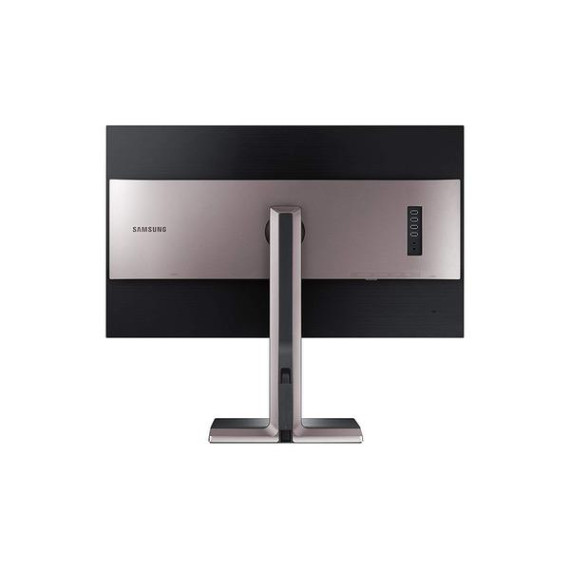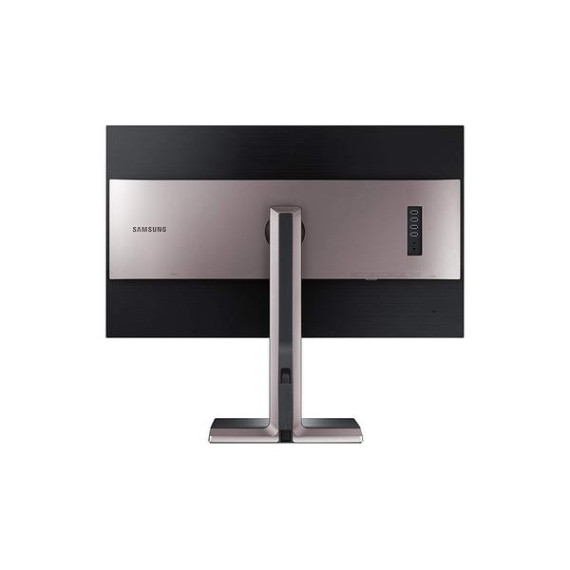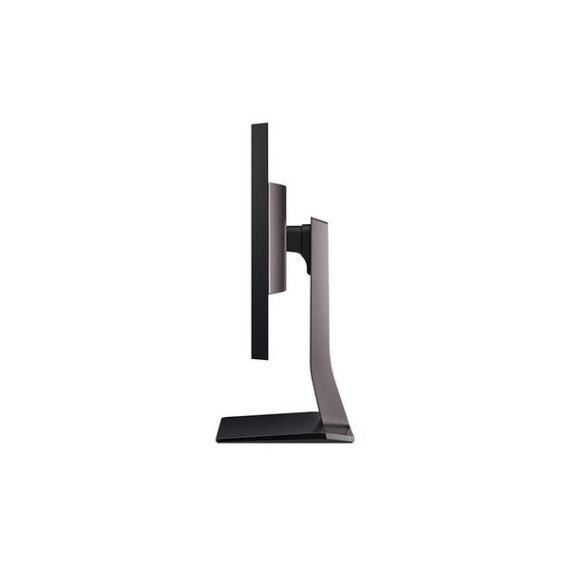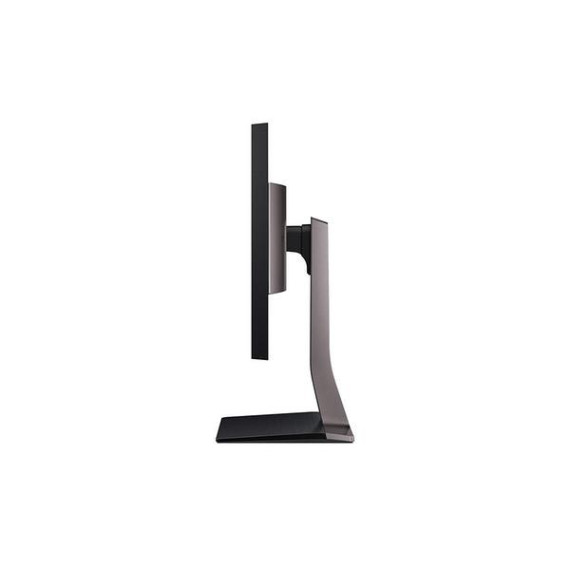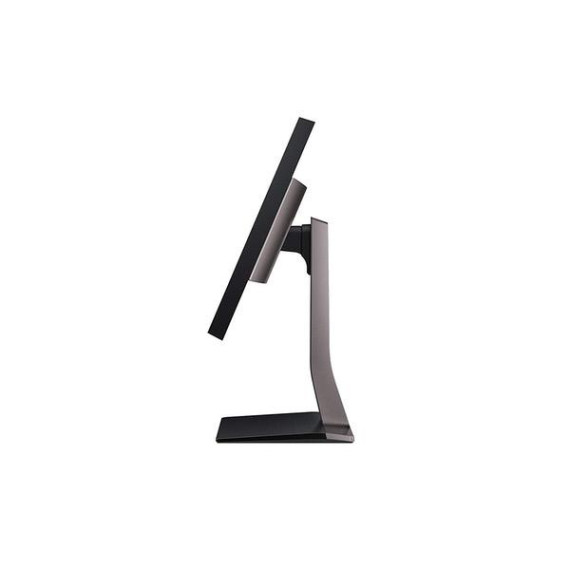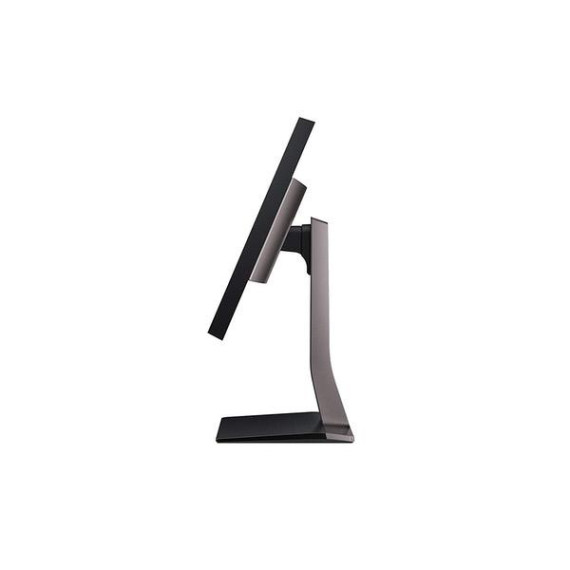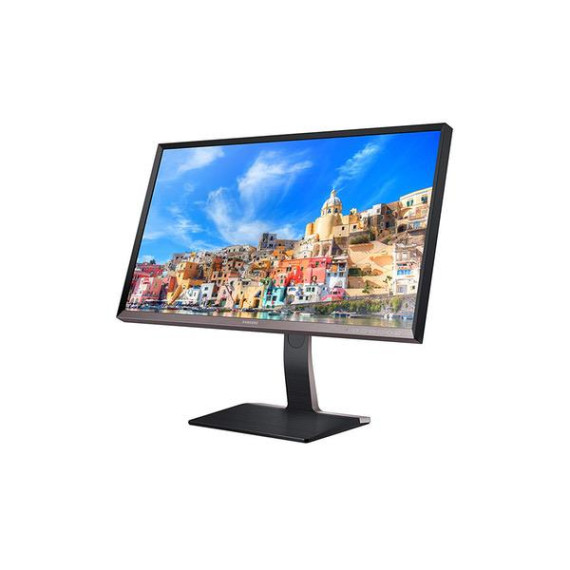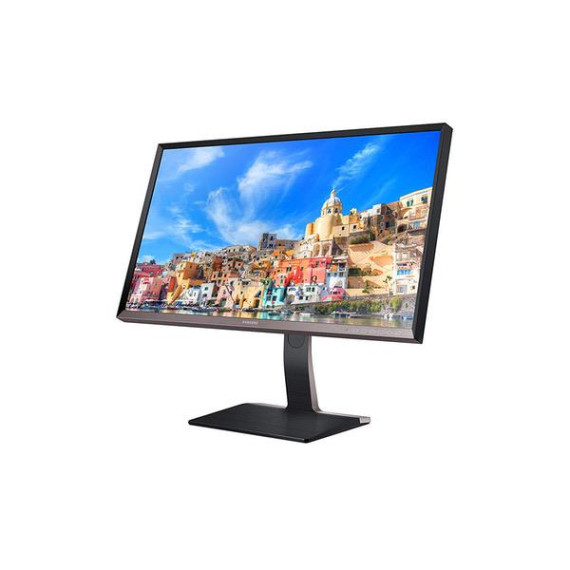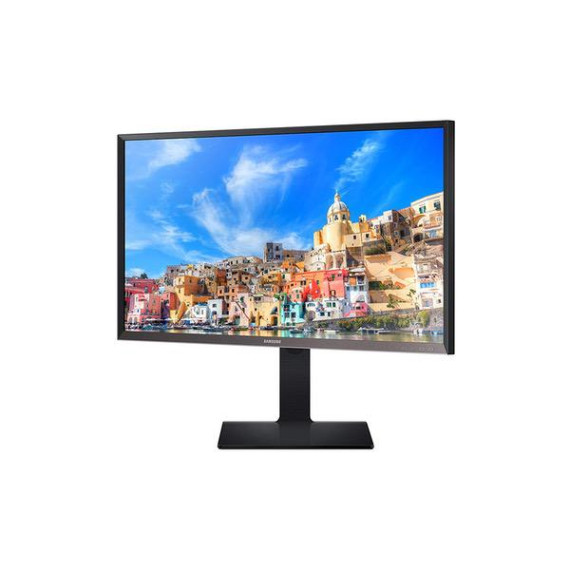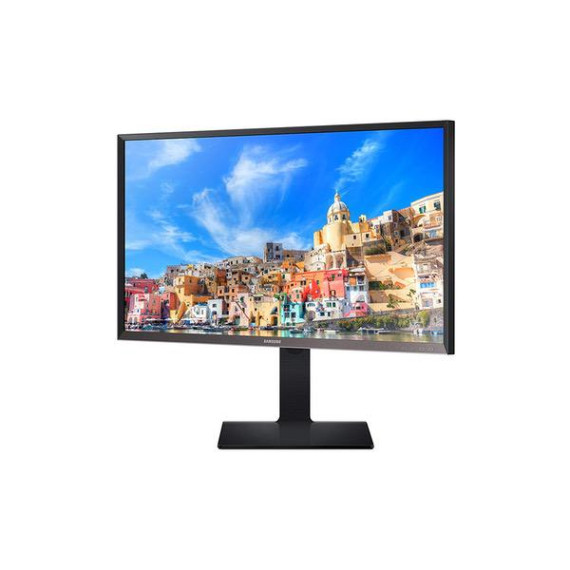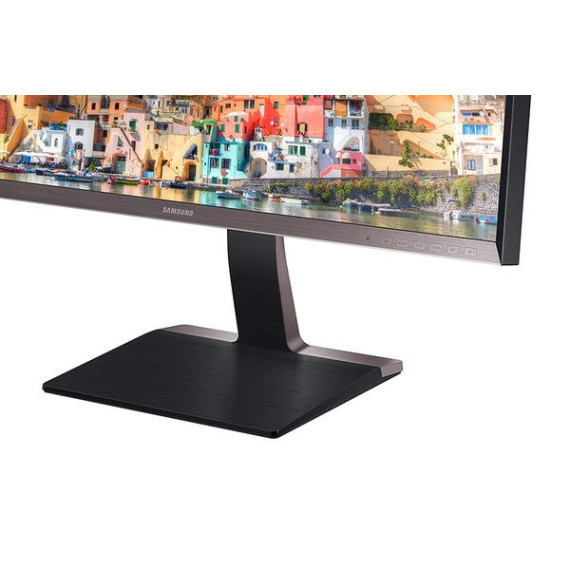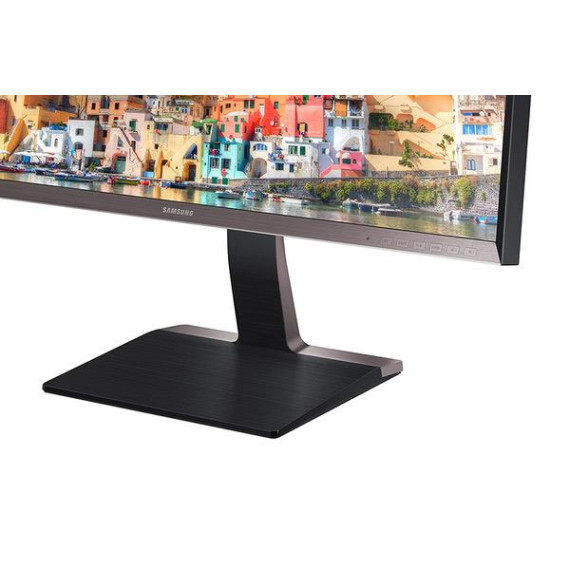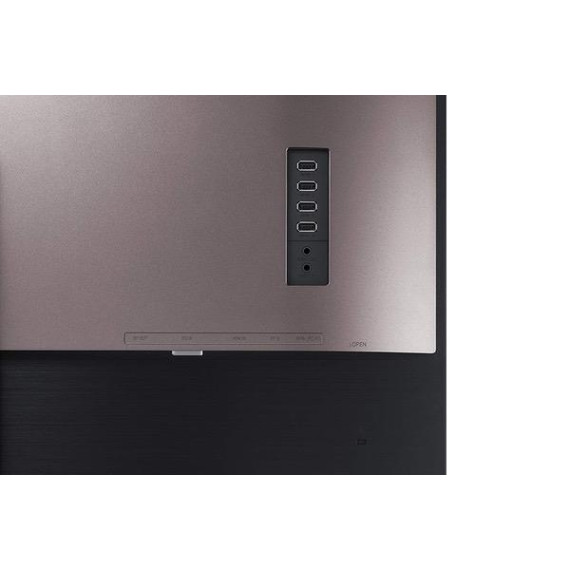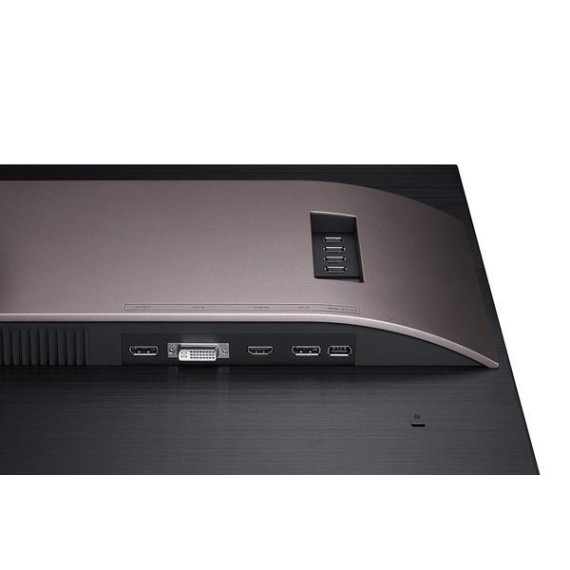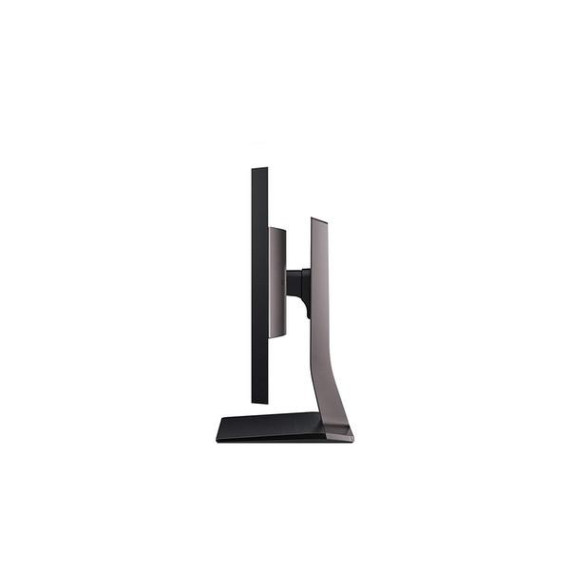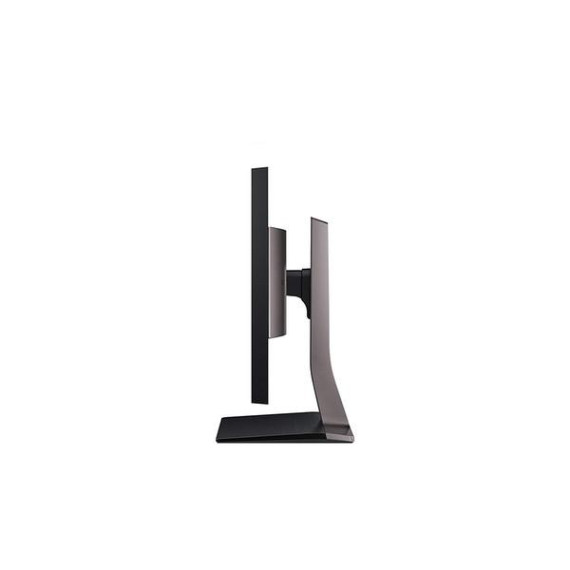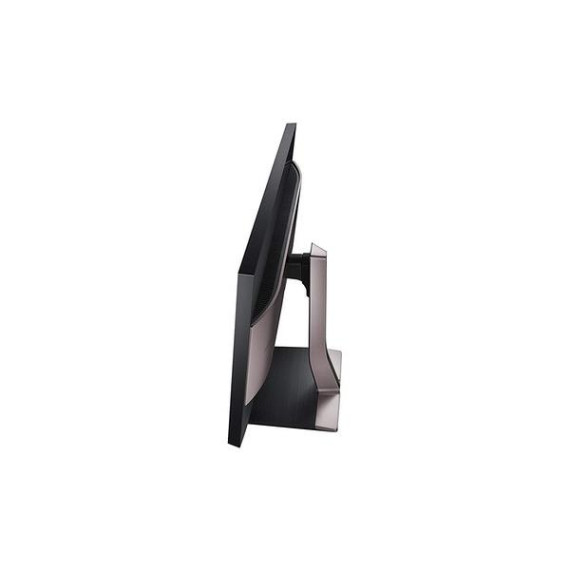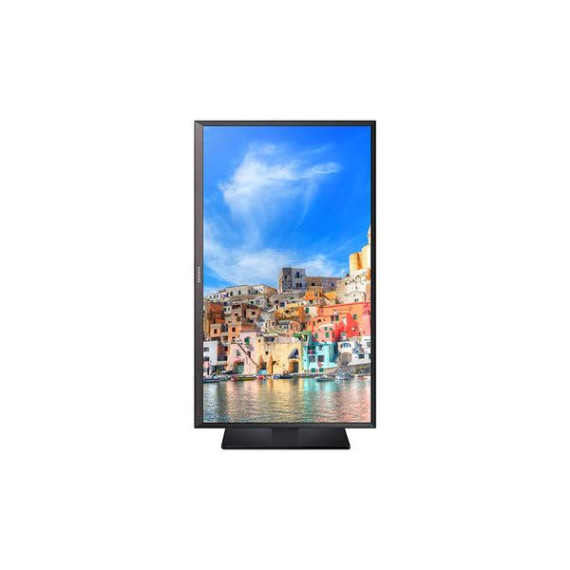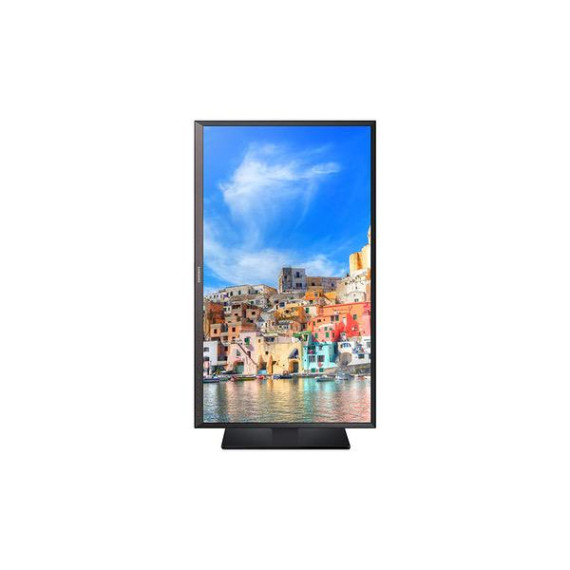Ken Okin
We previously had a 28 inch Samsung 720P TV / monitor (UN28H4500) with roughly 50 Pixels Per Inch (ppi) native resolution. Wanted to upgrade to a slightly bigger monitor, but a 32 inch at 1080p would only upgrade the resolution to roughly ~68 ppi. This monitor with the .27675mm dot pitch is almost 92 ppi which makes for a beautiful picture (after you get your graphics card to understand how to talk the 2560 / 1440 resolution....) A 32 inch UHD version (U32J590) at 137 ppi is a bit of an overkill for the ~2.5 foot viewing distance of a monitor but for only $50 more it may be a bragging rights option for many with graphics cards which support the resolution. You can search the internet for maximum discernible ppi at different viewing distances: Back to the S32D850T: The box is HUGE as, unlike most monitors, this one comes with an assembled and attached rather massive stand which supports height and viewing angle adjustment as well as rotation between landscape and portrait mode. Mine came with the wall mount adapter as well as ~5 ft HDMI, DP, and DVI cables (which may not be long enough for some so be sure to measure the cable length you need and order appropriately.) The monitor is rather heavy at almost 21 lb without the stand compared to the 8.2 lb of the Samsung UN28H4500. The wall mount adapter came with the 4 screws needed to attach the wall mount adapter to the back of the monitor after the stand was detached. The wall mount adapter has threaded holes for a VESA 200 x 200 mount. My previously purchased articulating mount kit from Amazon TV Wall Mount Fits Most 19"-55" LCD/LED/Flat Screens Up To 66 lbs. Full Motion Swivel Articulating Arm. Tilt, 20" Extension Arm, VESA 400x400, HDMI Cable And Bubble Level came with the 4 short screws needed to attach the mount to the wall mount adapter after it was screwed into the monitor. The entire unboxing, stand removal, wall mount adapter installation, and actual mounting to the existing articulating mount took roughly 1/2 hour. Then the fight began to get the graphics card to speak 2560 by 1440. It defaulted to 1920 by 1080 and the monitor did a great job of upconversion. After a while (and some cable changes) we prevailed and got the computer to display in the native 2560 / 1440 resolution. This is where I suspect most with older graphics cards might run aground, so it is a good idea to make sure your graphics card can support more than 1080p BEFORE your buy this or a UHD monitor. Otherwise you could just go with the gazillions of cheaper (~$200) 1080p 32" monitors. Bottom line. This monitor was the perfect balance of useable ppi and cost for our upgrade even if we dont take advantage of the portrait / landscape very adjustable stand.




